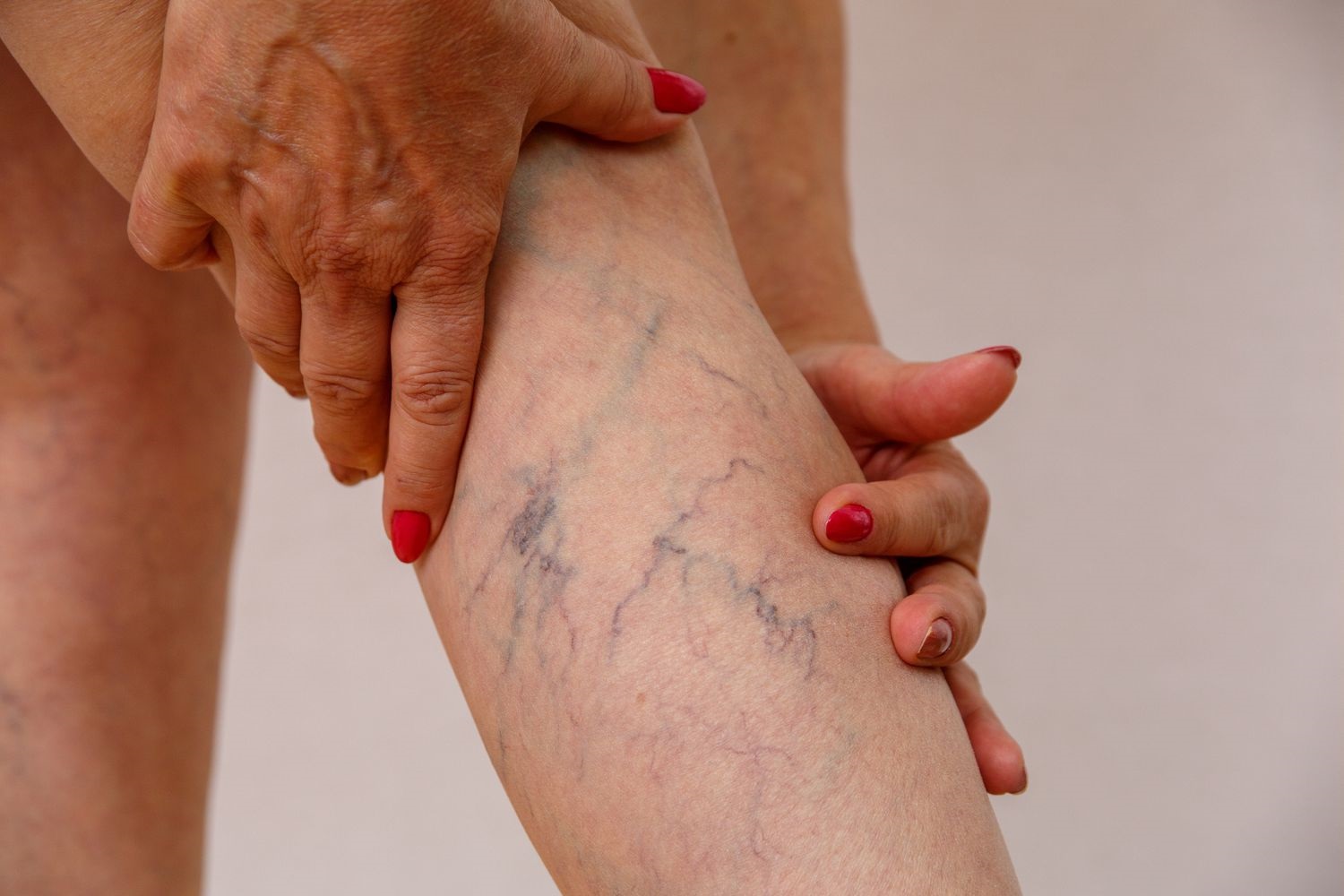Arrae Health: Primary Care Physician | Senior Health Services in Corona & Palm Springs

25 Mar, 2025
Peripheral Vascular Disease: Causes, Symptoms, and Treatment
Peripheral Vascular Disease (PVD), is a circulatory condition that affects the blood vessels in the legs and arms. This disease affects the vessels that take blood to your legs, and it occurs due to the narrowing of the blood vessels, leading to reduced blood flow.
PVD develops over time as plagues accumulate, making it harder for oxygen-rich blood to reach the tissues. Gradually, the reduction of blood circulation can lead to ischemia (lack of oxygen) causing pain and tissue damage. Risk factors of Peripheral Vascular Disease (PVD) include aging, obesity, a sedentary lifestyle, and a family history of vascular disease.
Causes of Peripheral Vascular Disease
The most common cause of PVD is atherosclerosis, where fatty deposits build up inside the arteries, making them stiff and causing pain. Over time, the lack of oxygen and reduced blood flow can lead to complications including pain, tissue damage, and even limb amputation in some cases. Other causes of PVD include:
Blood Clots: Blockages due to clot formation can further narrow the arteries.
Diabetes: High blood sugar levels damage blood vessels, increasing peripheral vascular disease risk factors.
Smoking: Nicotine restricts blood flow and promotes arterial plaque buildup.
Hypertension: High blood pressure stresses the artery walls, leading to damage.
High Cholesterol: Excess cholesterol contributes to plaque formation in arteries.
Symptoms of Peripheral Vascular Disease
Peripheral vascular disease symptoms vary based on the severity of the disease. The most common symptom is intermittent claudication, pain, or cramping in the legs while walking. Other common symptoms of PVD include:
- Leg pains or cramping
- Numbness in the legs
- Coldness in the lower legs & feet
- Slow-healing of sores on legs
- Skin color changes (pale or blue-tinted skin)
- Absence of pulse in legs
- Tingling or burning sensations
- Worsen pain sensation at night
- Loss of hair on legs
These symptoms can occur elsewhere in the body, but are most commonly found in the lower extremities.
Risk Factors of Peripheral Vascular Disease
While PVD disease can affect anyone, certain risk factors can significantly increase the risk of developing the disease. Understanding these risk factors is crucial for prevention and early intervention, helping to reduce complications like chronic pain, ulcers, or even amputation:
- Age
- Smoking History
- Diabetes
- Obesity
- Family History
- Sedentary Lifestyle
- Chronic Kidney Disease
Peripheral Vascular Disease Treatment
Early diagnosis of PVD helps in preventing complications. Common treatment options for PVD include:
Regular Exercise: Walking habits improve circulation and reduce peripheral vascular disease symptoms.
Healthy Diet: Low in saturated fats, rich in fruits, vegetables, and whole grains.
Smoking Cessation: Eliminates a major risk factor for peripheral vascular disease treatment.
Weight Management: Reduces stress on arteries and improves mobility.
Controlling Blood Sugar Levels: Essential for diabetic patients to prevent further complications.
Medications
Doctors may prescribe medications to manage peripheral vascular disease symptoms and prevent complications:
Blood Thinners: Reduce clot formation.
Cholesterol-lowering Drugs: Help prevent plaque buildup.
Blood Pressure Medications: Keep arteries healthy.
Self-help Treatments for PVD
Foot Care: Regularly check your feet for cuts and sores to prevent infections.
Compression Therapy: Improves circulation in the legs and prevents swelling.
Hydration: Keeps blood flow optimal and prevents blood clot formation.
Massage Therapy: Helps improve circulation and reduce muscle pain.
Using Proper Footwear: Reduces pressure on the feet and improves walking comfort.
Preventing PVD and Managing Long-Term Health
Prevention of PVD starts with maintaining healthy blood flow. A balanced nutrient-rich diet and healthy lifestyle play a key role in preventing the buildup of fatty substances in arteries. Long-term prevention of peripheral vascular disease includes regular exercise, maintaining a healthy weight, reducing stress, and staying active. Additionally, also keep in check:
- Routine Checkups
- Controlling Blood Sugar
- Heart-Healthy Lifestyle
- Medication Adherence
- Monitoring of Blood Pressure & Cholesterol
- Stress Management Techniques
Conclusion
Peripheral Vascular Disease (PVD) is a serious but manageable condition. As discussed, early diagnosis, lifestyle changes, and medical treatments can significantly improve symptoms and quality of life. Incorporating annual physical exam checklists can help in early detection and management. If you experience any peripheral vascular disease symptoms, consult a healthcare professional for proper evaluation and peripheral vascular disease treatment.
FAQs
What are some peripheral vascular disease examples?
Peripheral artery disease (PAD), deep vein thrombosis (DVT), and varicose veins are common types of Peripheral Vascular Disease (PVD).
What are the most common symptoms of peripheral vascular disease?
Pain in the legs while walking, also known as intermittent claudication is the most common symptom of PVD. Additionally, there are cramps in the legs, numbness, slow healing of sores on the legs, and skin color changes.
Are PVD and PAD the same?
PVD and PAD are related but the terms can not be used interchangeably. PVD includes all types of blood vessel disorders, affecting both arteries and veins. PAD is a type of PVD that majorly affects arteries.
Is peripheral vascular disease life-threatening?
When left untreated, PVD can lead to severe complications like limb loss or stroke, and that’s why early intervention can help reduce these risks.
